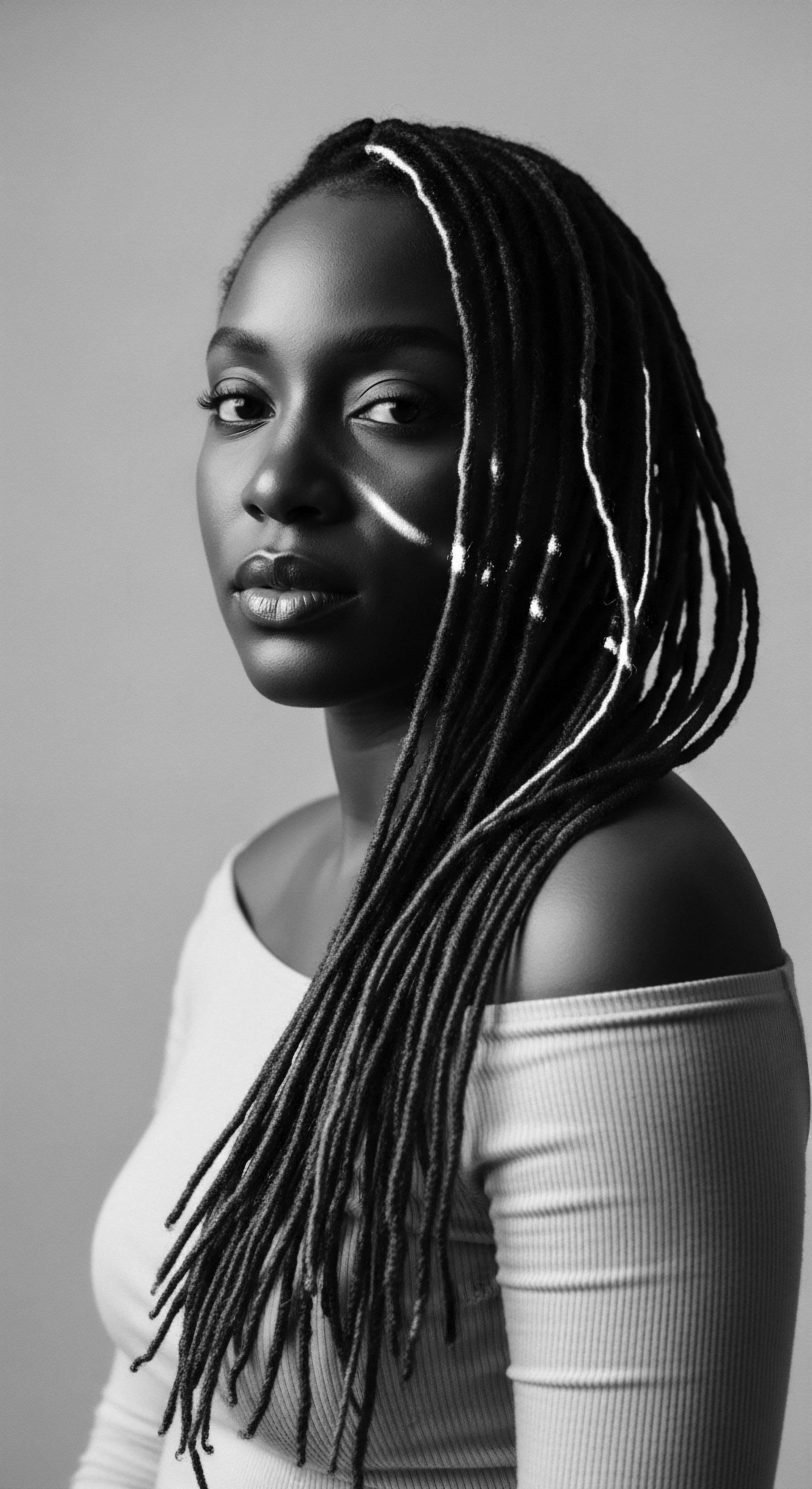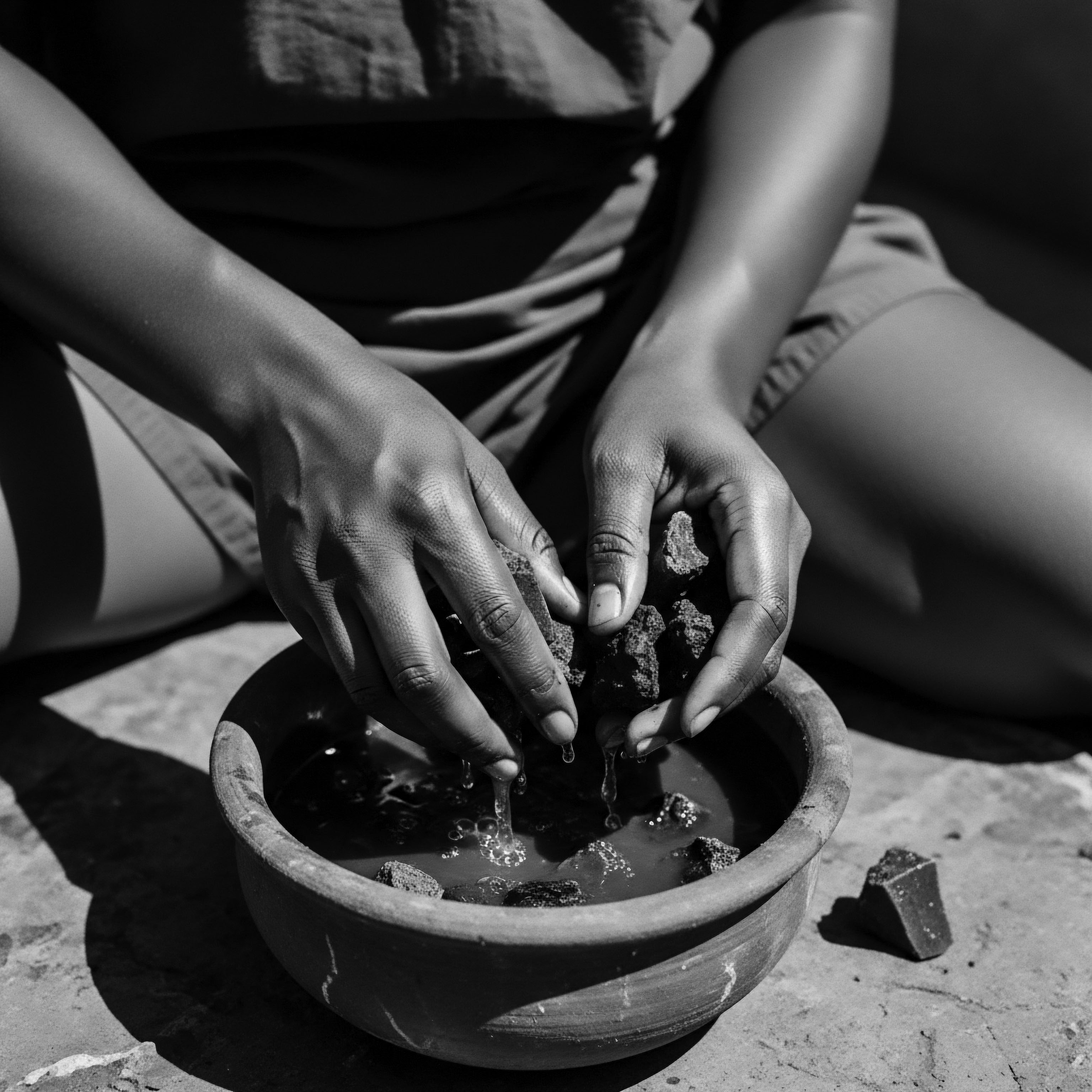
Environmental Damage Hair
Meaning ❉ Environmental Damage Hair refers to the degradation of hair's structure and vitality caused by external factors like sun, pollution, and water.
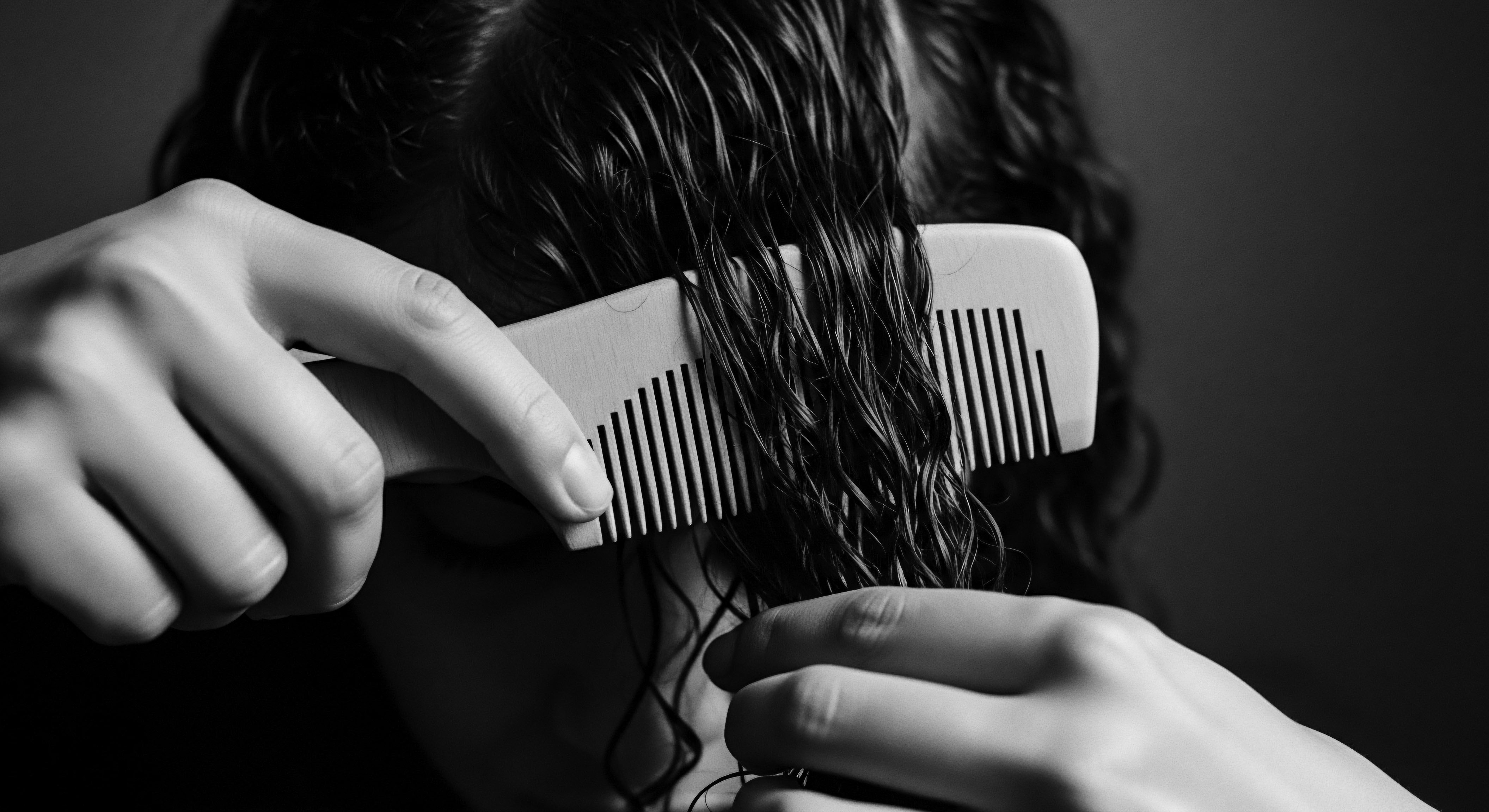
Can environmental pollutants cause unique damage to textured hair?
Environmental pollutants can uniquely alter textured hair's moisture, protein, and cuticle, exacerbating its natural vulnerabilities, a challenge often met with deep ancestral wisdom.

How does water affect textured hair?
Water profoundly influences textured hair by altering its coil structure and moisture balance, a dynamic relationship echoing ancestral care practices.
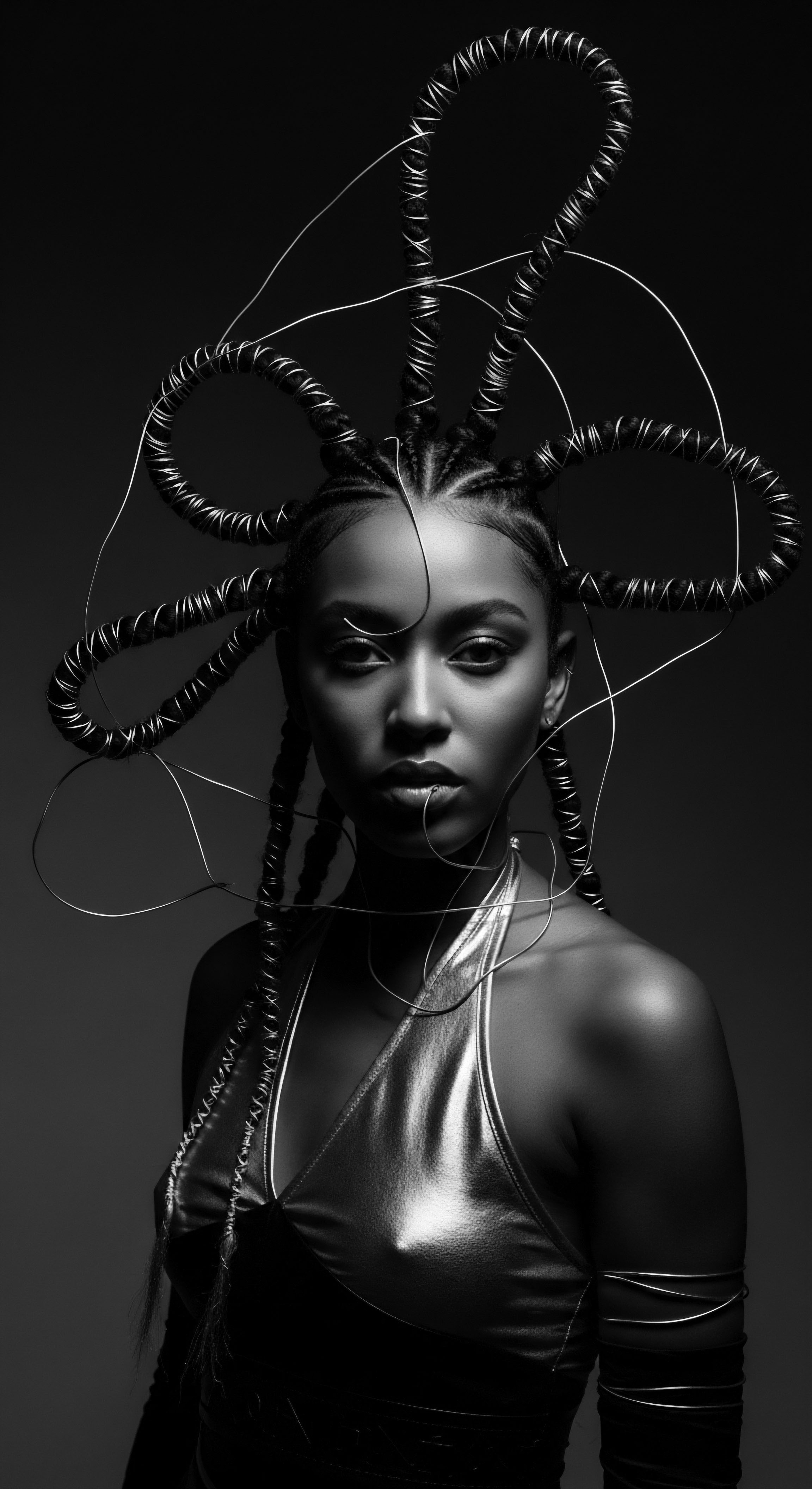
How does water hardness impact textured hair?
Hard water's minerals coat textured hair, leading to dryness and altered patterns, a challenge addressed through generations of heritage-guided care.
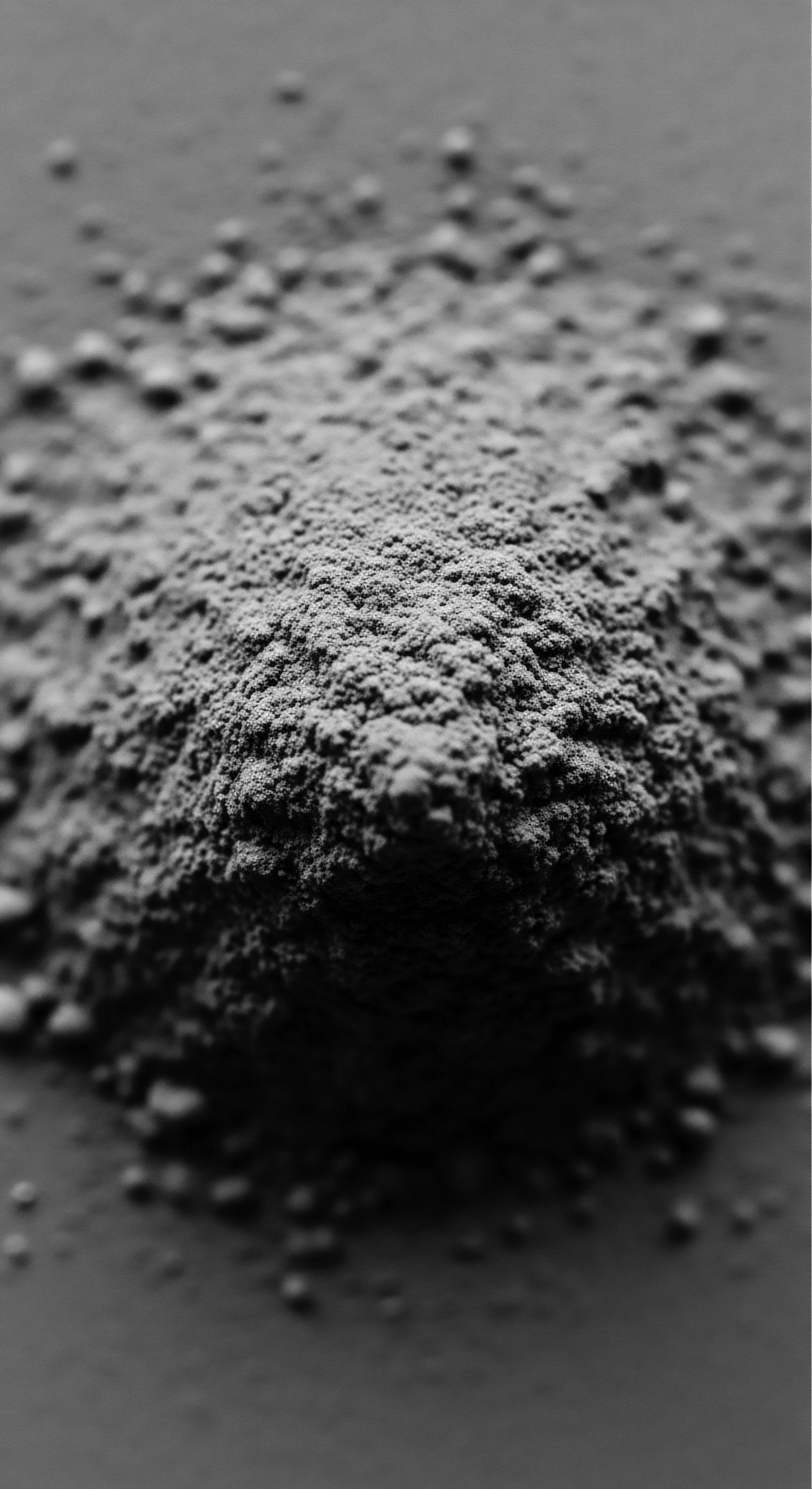
Mineral Buildup Removal
Meaning ❉ Mineral Buildup Removal is the process of cleansing hair and scalp of accumulated inorganic compounds, particularly from hard water, to restore vitality and absorbency.
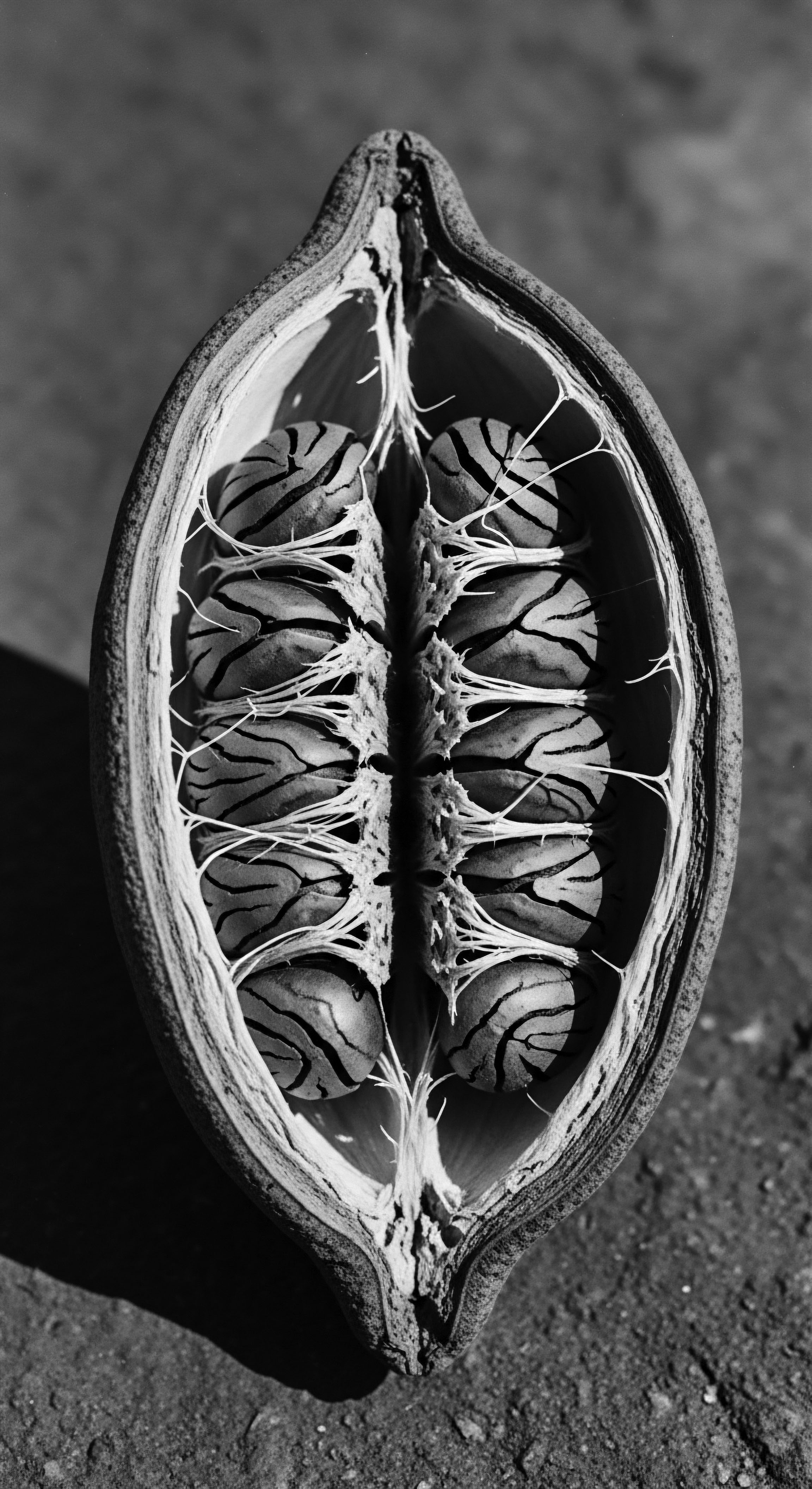
Ionic Exchange
Meaning ❉ Ionic Exchange is the fundamental principle explaining how hair's electrical charge interacts with its environment and care.
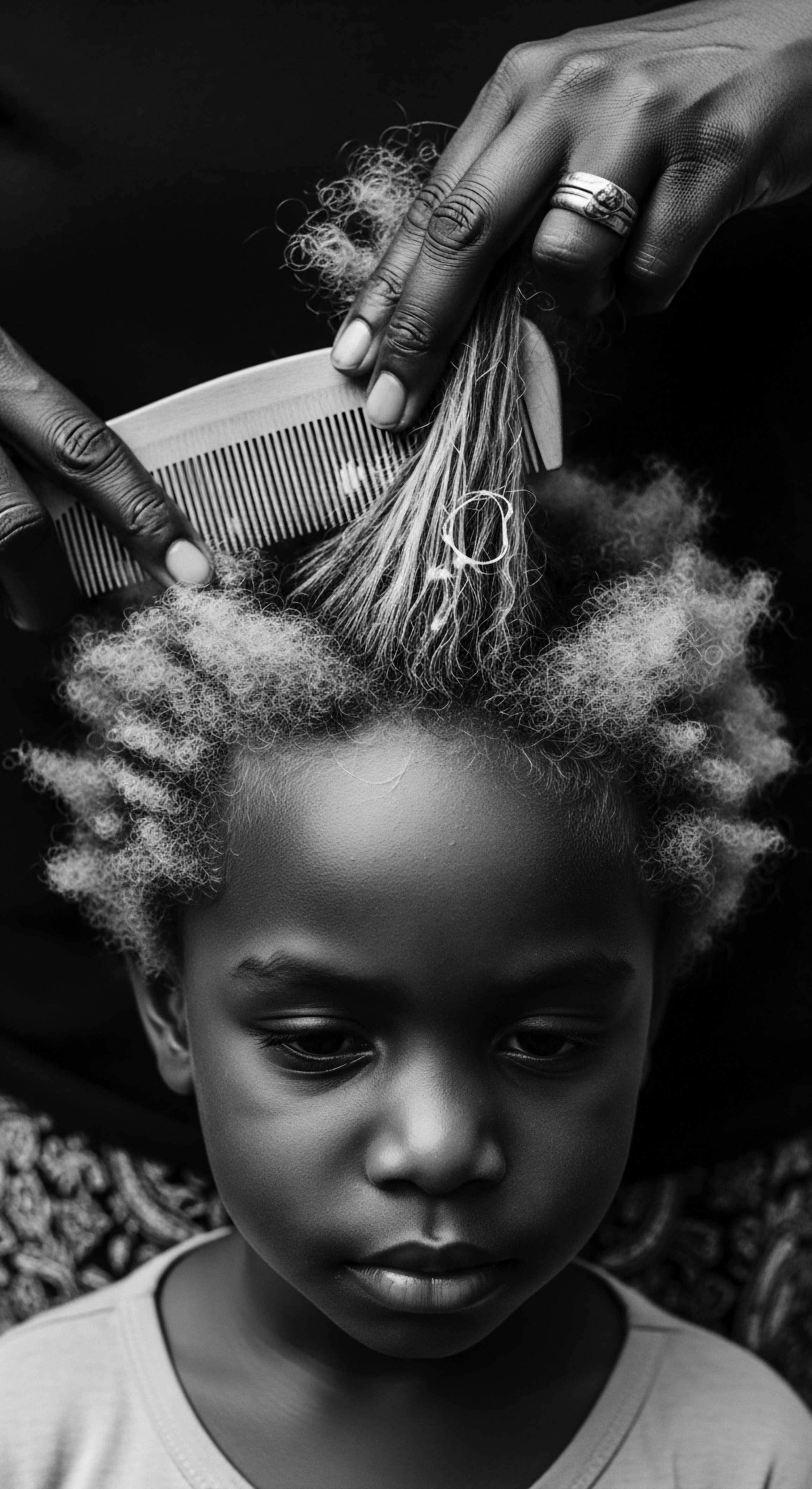
Mineral Deposition Hair
Meaning ❉ Mineral Deposition Hair occurs when waterborne minerals adhere to hair, especially textured strands, affecting its health and appearance.

Mineral Content Hair
Meaning ❉ Mineral Content Hair refers to the elemental composition of hair, reflecting environmental interactions, diet, and ancestral care practices.
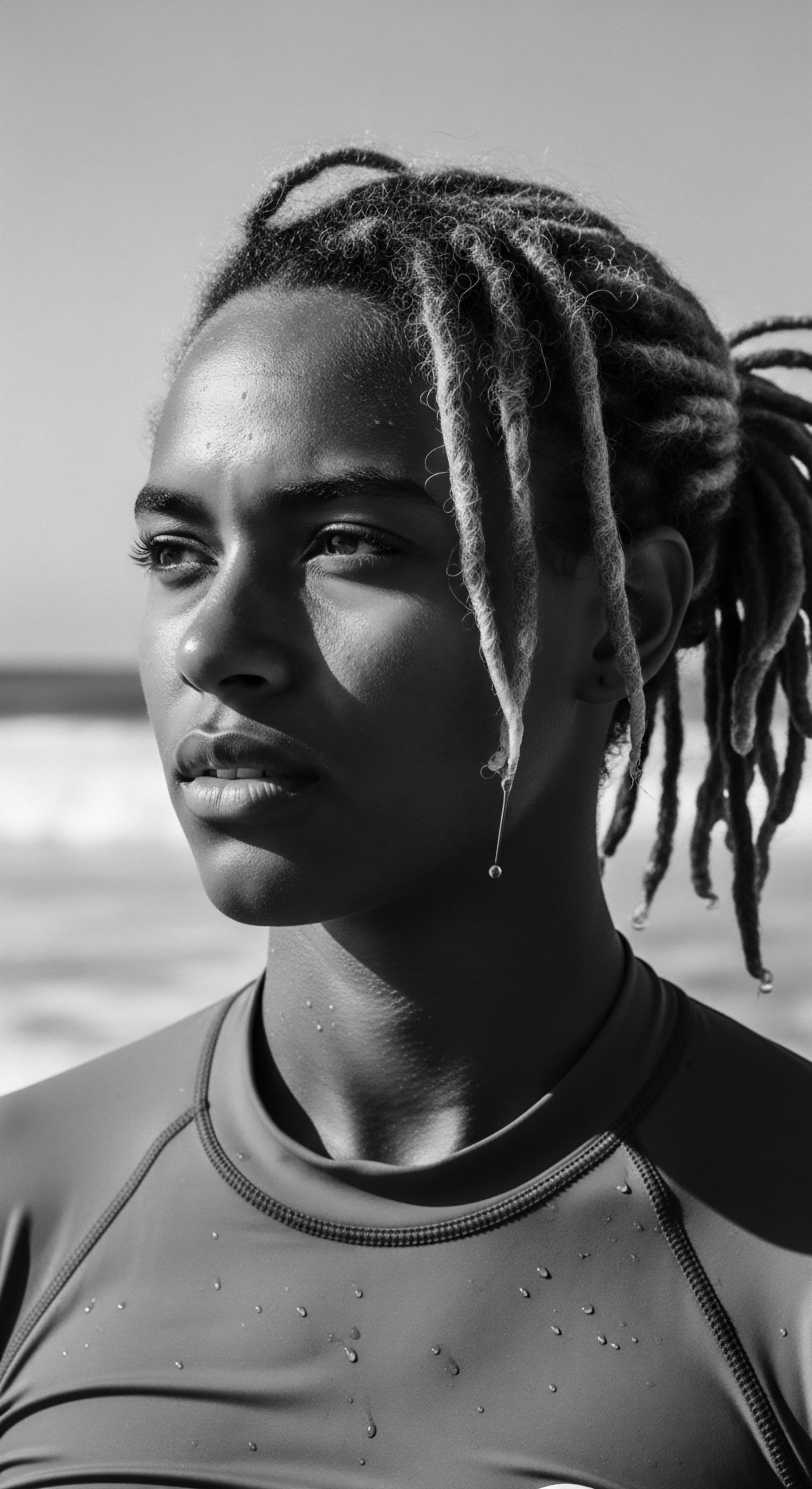
Hard Water Impact
Meaning ❉ Hard Water Impact describes the effects of mineral-rich water on hair, particularly textured hair, and its historical care.
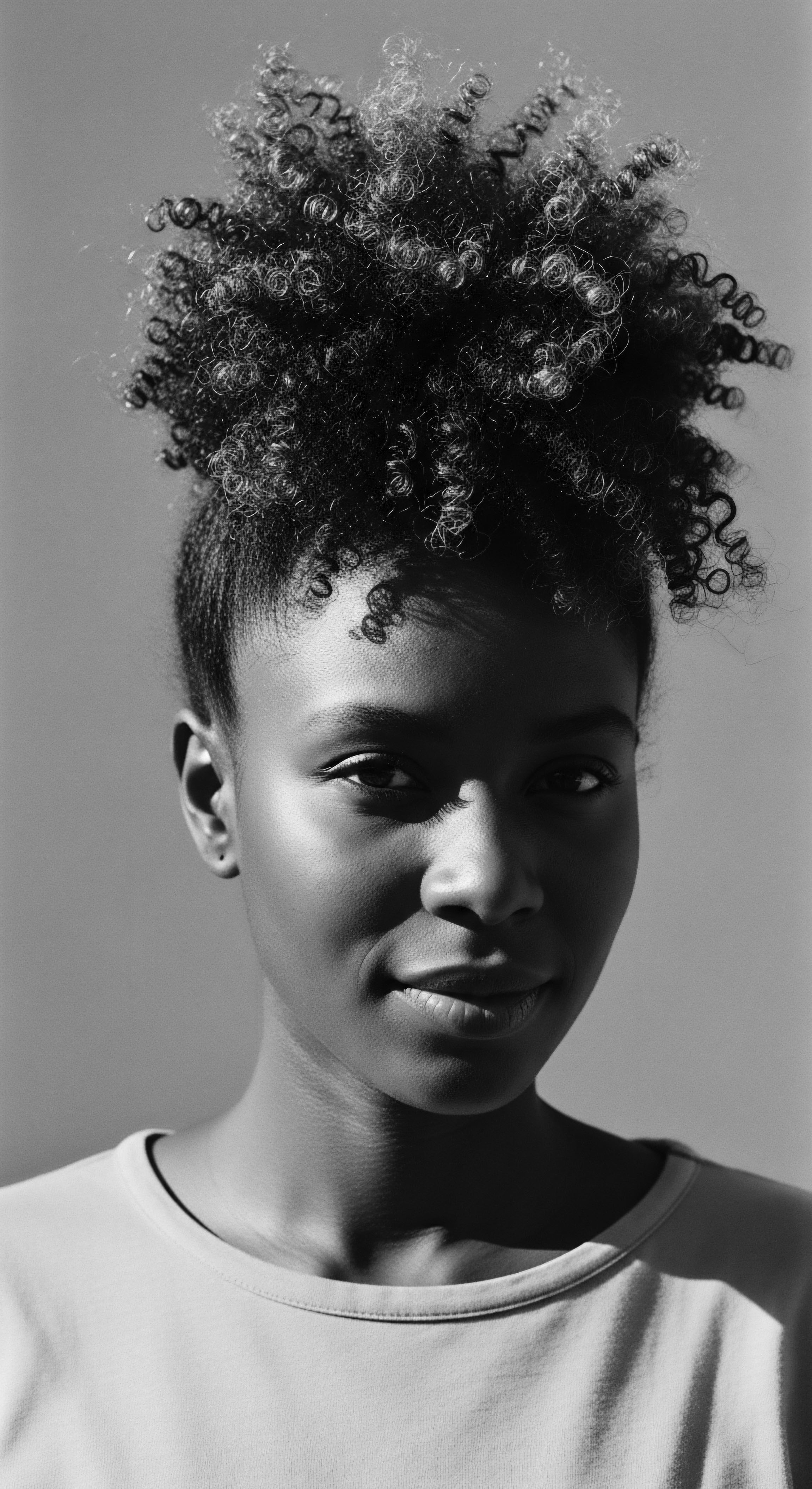
Hard Water Effects
Meaning ❉ Hard Water Effects describes the alterations to hair, especially textured hair, caused by mineral deposits from water with high calcium and magnesium content.
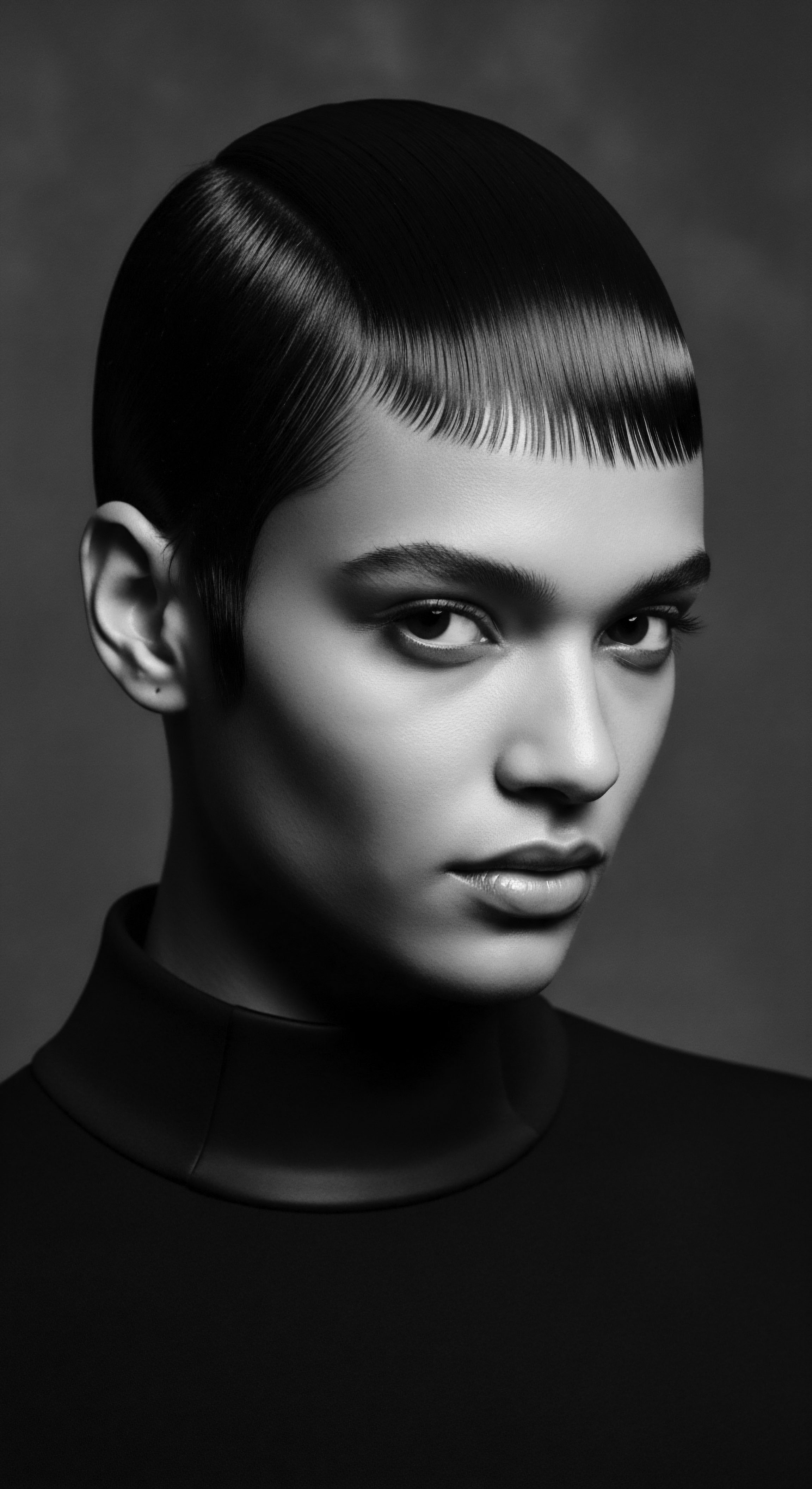
Hard Water Hair
Meaning ❉ Hard Water Hair is hair affected by dissolved minerals, particularly calcium and magnesium, altering its texture and challenging care, with historical implications for textured hair heritage.
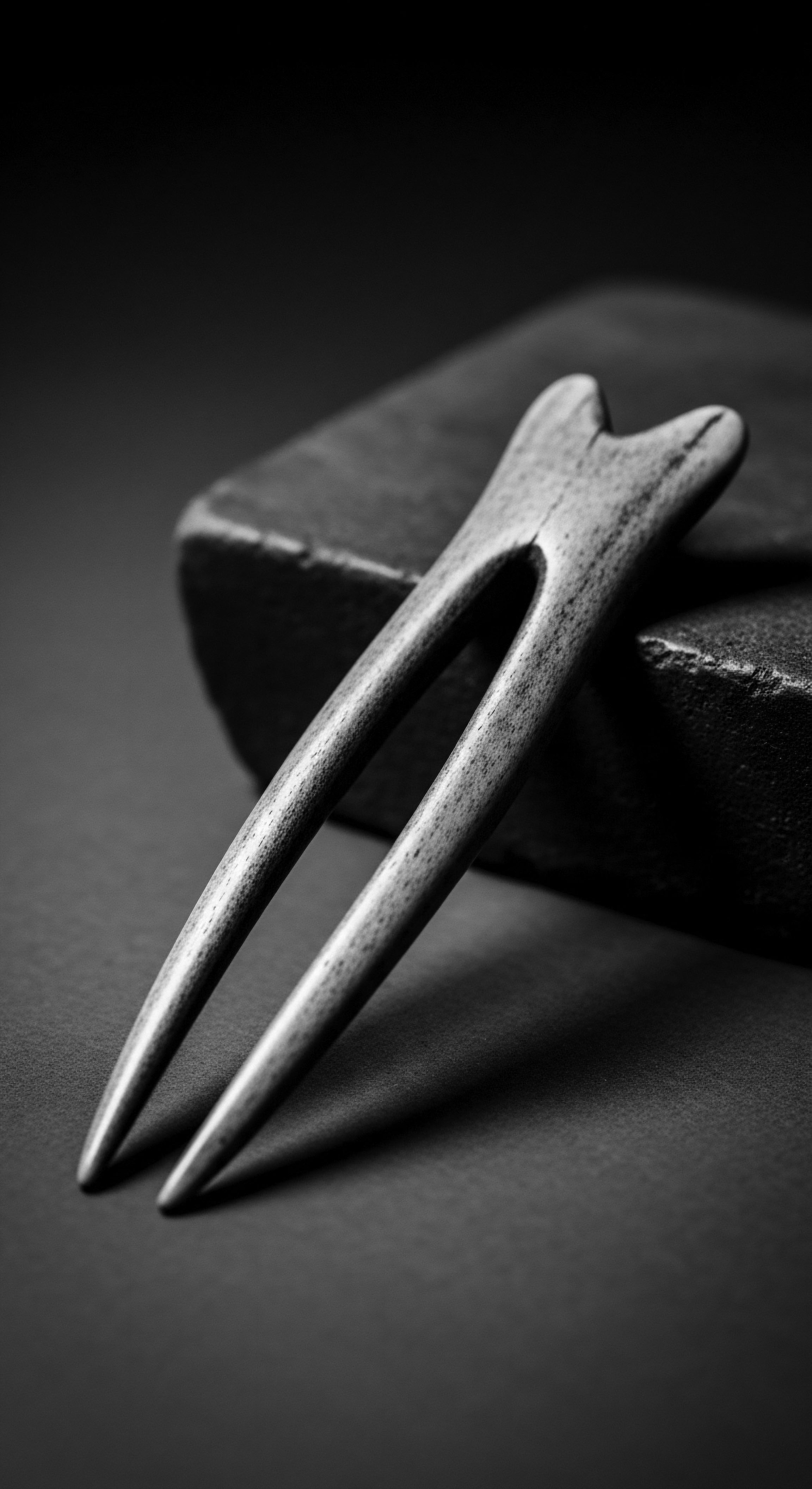
Mineral Buildup Hair
Meaning ❉ Mineral Buildup Hair describes the accumulation of dissolved solids from water onto hair, particularly impacting textured strands.
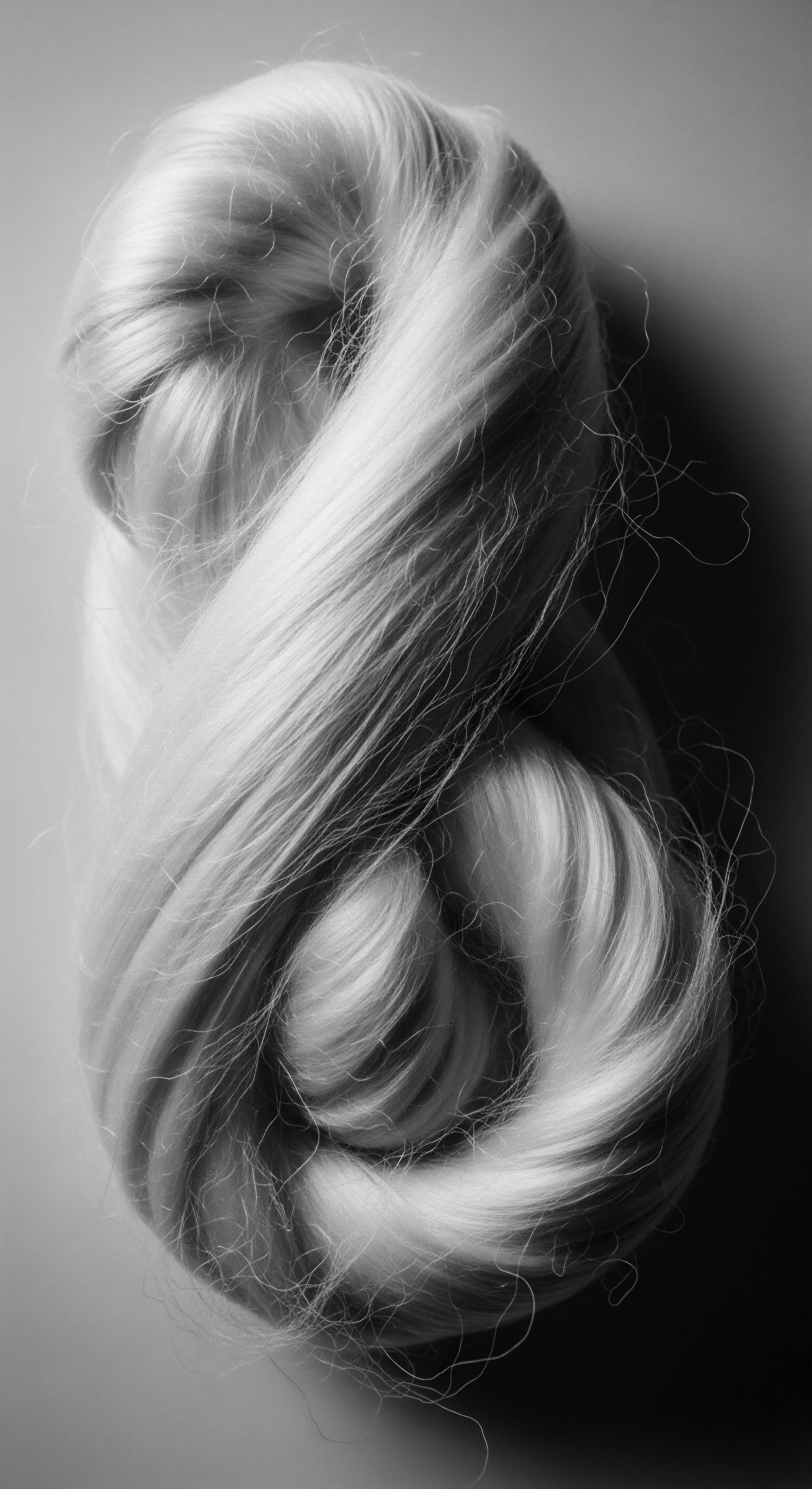
Hard Water Hair Effects
Meaning ❉ Hard Water Hair Effects describe the mineral deposition on hair, particularly textured hair, leading to dryness, breakage, and dullness, deeply impacting heritage care practices.

